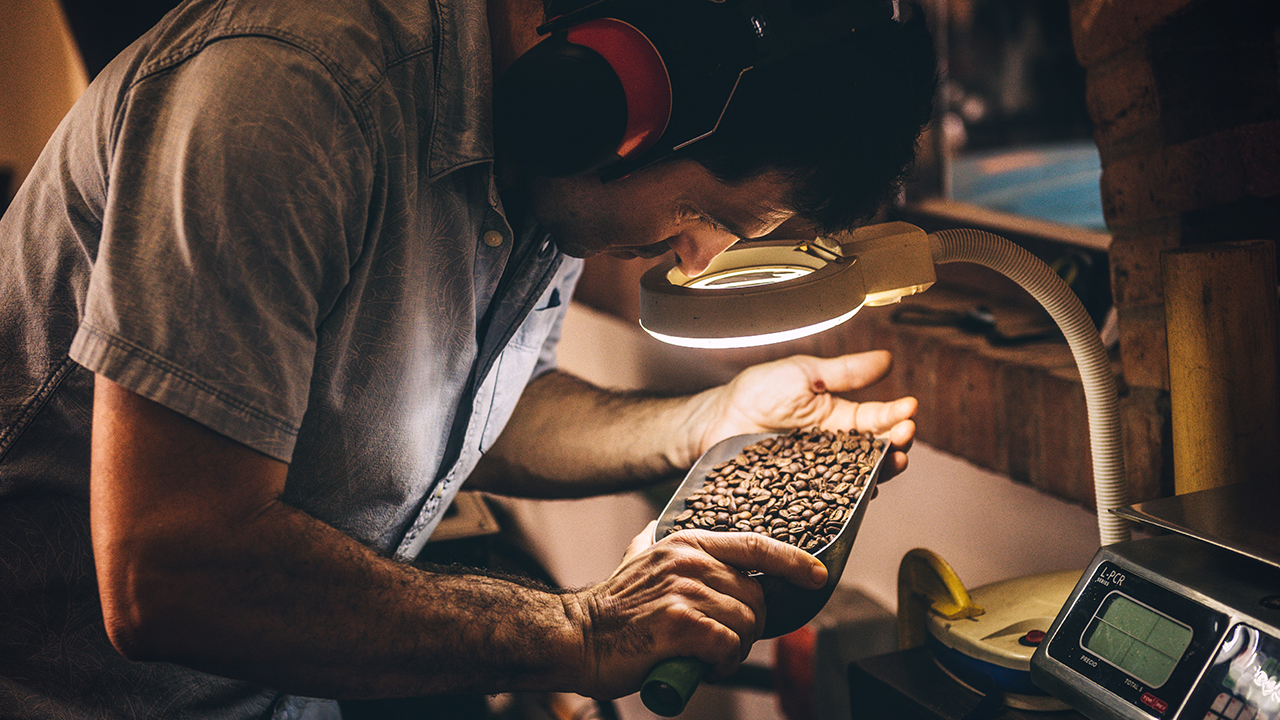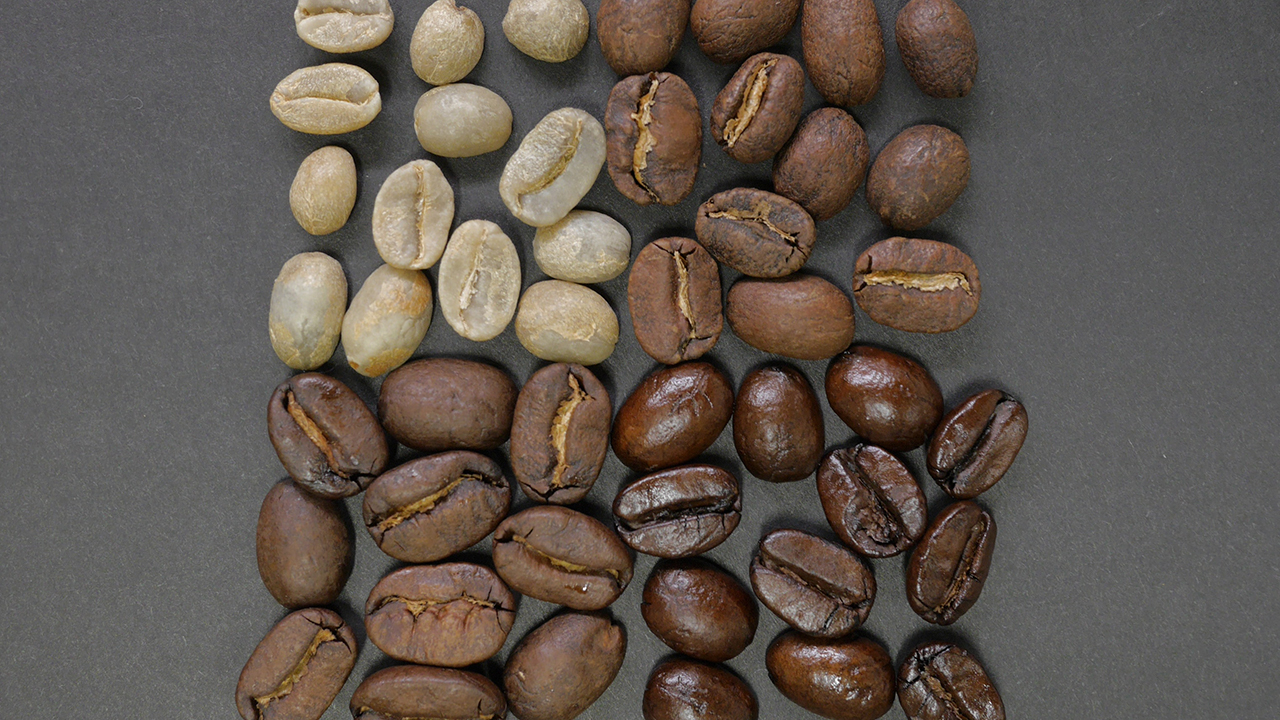Light to dark roast coffee - a simple guide
Lily Hedley | September 16, 2025 | 4 minute read

Why roast coffee?
You don’t need to be a coffee expert to care about your roast. Understanding the basics can make your morning cup more enjoyable and help you discover new flavours. This guide breaks down light, medium, and dark roasts in a way that’s easy to follow.
Coffee beans must be roasted before brewing. Raw, green beans are heated in a roaster, which triggers chemical reactions that transform flavour, aroma, colour, and texture. The length and temperature of roasting determine acidity, bitterness, and how much of the bean’s natural flavours are expressed. The temperature and duration define the roast level, from light to dark. Over-roasting can mask natural flavours, while under-roasting can leave beans underdeveloped.
How do you judge roasted coffee beans?
Coffee preferences vary by person and culture. There’s no single “best” roast. Your taste is the guide. Look at colour, aroma, and texture, then taste and experiment.
Look at these three main factors:
- Colour. Lighter beans are generally acidic and floral; darker beans are bolder and more bitter.
- Texture. Darker roasts often have surface oil; lighter roasts remain dry.
- Aroma. Smell can indicate freshness and roast level and give other elements like floral, fruity, or chocolatey notes.
Remember that taste is subjective. Your preference determines what roast is right for you.
 Photo by @timmossholder via Unsplash Images
Photo by @timmossholder via Unsplash Images
Discover More: Coffee Glossary – The Complete A-Z Guide
Light Roast Coffee
Roasting profile: 180°C–205°C, 3–10 minutes, removed at first crack (~196°C).
Appearance: Light brown, dry to slightly moist.
Flavour: Bright acidity, floral, fruity, and herbal notes. Retains more of the coffee cherry’s original complexity.
Body: Thin and crisp. Works well for drip or pour-over methods where delicate flavours can shine.
When to choose light roast: If you prefer a bright, lively cup with nuanced, layered flavours.
Medium Roast Coffee
Roasting profile: 210°C–223°C, roughly 5 minutes longer than light roast, removed between first and second crack.
Appearance: Medium brown, dry surface.
Flavour: Balanced acidity, mild bitterness, sweeter caramelised notes. Subtle chocolate, nutty, or cedarwood undertones depending on origin.
Body: Well-rounded, approachable for most drinkers.
When to choose medium roast: If you want a versatile coffee with both bright and sweet notes suitable for filter, espresso, or mixed methods.
Dark Roast Coffee
Roasting profile: 223°C–240°C, 15–20 minutes, after second crack.
Appearance: Dark brown to black, often glossy with oil.
Flavour: Bold, robust, smoky, sometimes spicy. Single-note flavour dominates; subtle origin notes are masked.
Body: Heavy, full-bodied, strong aftertaste. Often used for concentrated espresso shots.
When to choose dark roast: If you prefer a bold, heavy cup with strong, deep flavours.
 Photo by @nousnou via Unsplash Images
Photo by @nousnou via Unsplash Images
Discover More: Stock whole bean coffee blends for your office
Key takeaways
Roast level affects acidity, bitterness, aroma, and body.
No roast is “better” than another. Your taste, brewing method, and bean origin determine the best choice.
Light, medium, and dark roasts provide broad guidelines, not rigid rules.
Want to explore further?
Try tasting beans from different roast levels to see which suits your palate. For offices, a premium coffee machine can help staff enjoy beans at their best. Contact us at 020 7553 7900 or hello@freshground.co.uk.